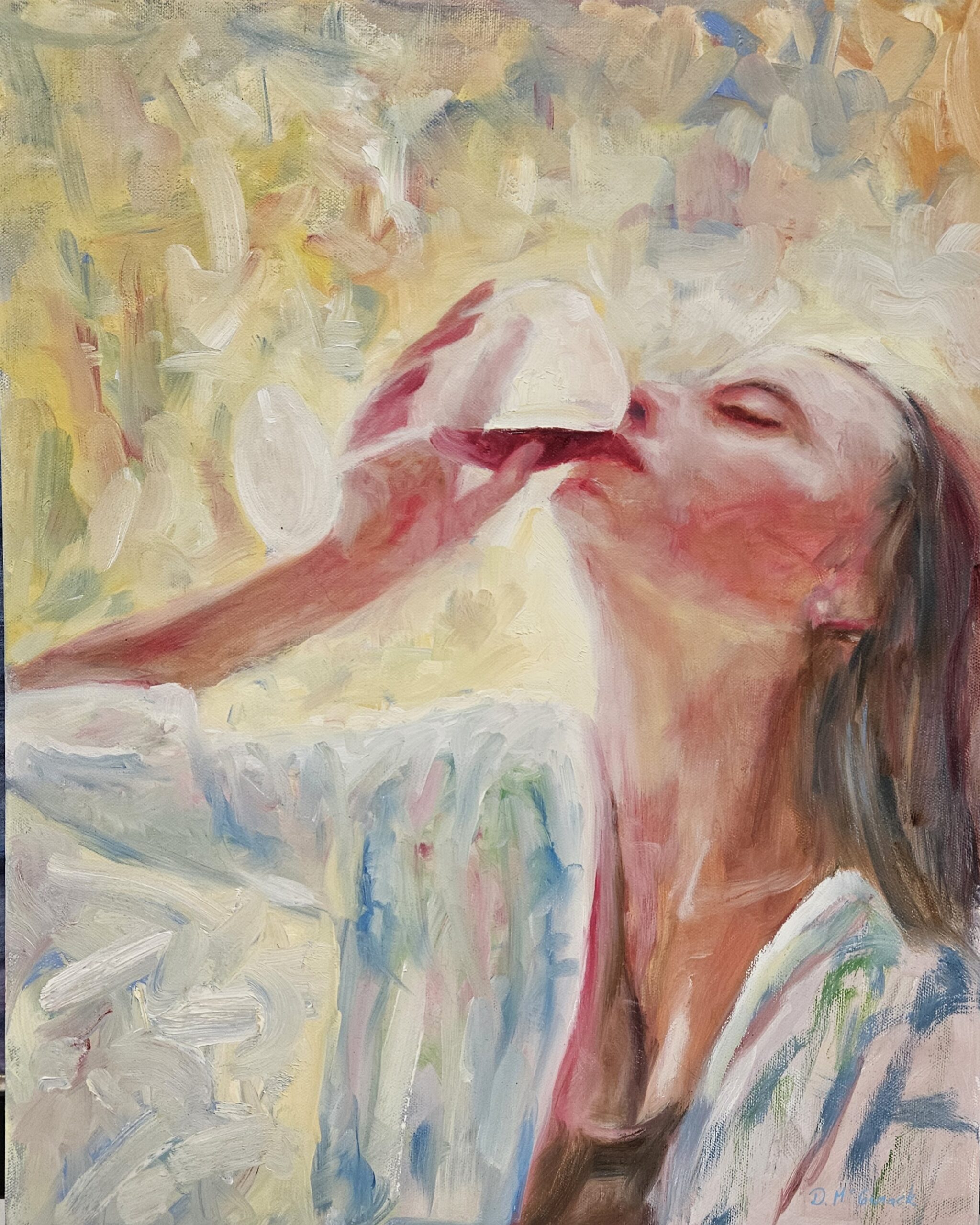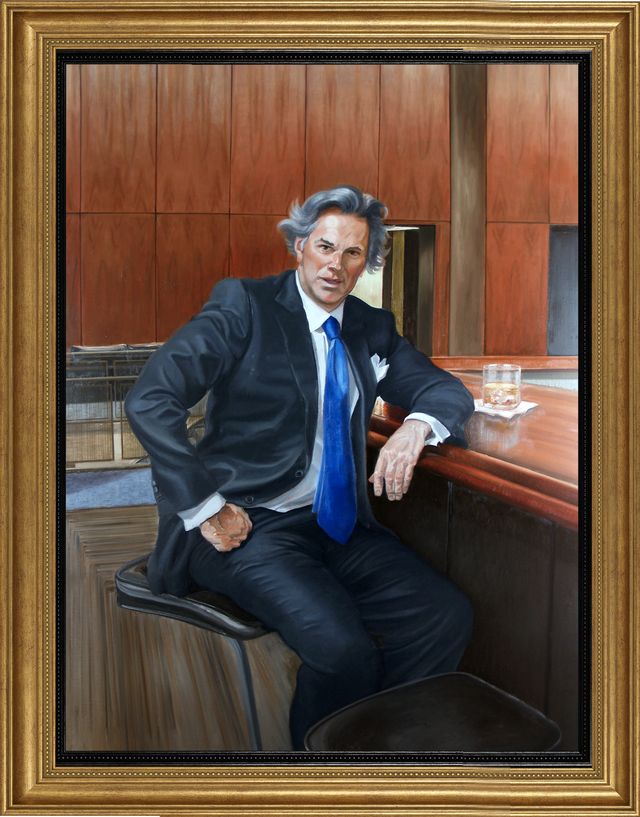The Influence of Figurative Oil Painting on Modern Art and Society
The Influence of Figurative Oil Painting on Modern Art and Society
Blog Article
The Development of Metaphorical Oil Paint: Understanding Its Historical Value and Modern Interpretations
The advancement of metaphorical oil painting offers as an engaging lens through which to take a look at the interplay in between creative expression and historical context. Contemporary musicians, attracting from this abundant heritage, are now reinterpreting the human number in means that challenge standard narratives.
Beginnings of Figurative Oil Paint
The beginnings of figurative oil paint can be mapped back to the very early Renaissance in Europe, especially in the 15th century. The growth of oil paint enabled for higher deepness of color and detail, enhancing the realism and vibrancy of their work.

In this transformative era, figures were usually portrayed within contextually abundant atmospheres, showcasing not just their physical qualities but also their mental states. Leaders such as Jan van Eyck and Titian used the tool's versatility, employing layering methods to attain luminosity and structure. This innovation facilitated the representation of complex fabrics and the nuances of complexion, adding to the growth of portraiture and narrative scenes.
Moreover, the Renaissance focus on humanism promoted a recognition for distinctiveness, which in turn affected artists to produce more relatable and dynamic numbers - figurative oil painting. Consequently, figurative oil painting became a powerful vehicle for storytelling and psychological involvement, preparing for future artistic movements and designs
Secret Historical Motions
Significant historical movements have formed the advancement of metaphorical oil painting, each contributing one-of-a-kind approaches and methods that increased the tool's opportunities. The Renaissance noted a critical moment, highlighting realistic look and the human form, with musicians like Leonardo da Vinci and Michelangelo pressing the borders of anatomical precision and viewpoint. Following this, the Baroque era brought dramatic contrasts of light and shadow, exemplified by Caravaggio, who instilled religious motifs with intense emotionality.
The 19th century introduced Romanticism and Realistic look, where artists such as Delacroix and Courbet challenged timeless perfects, concentrating on specific expression and everyday life. The introduction of Impressionism better changed the medium by stressing the effects of light and color, causing a departure from standard representation.
In the early 20th century, motions like Expressionism and Cubism redefined figurative painting via abstraction and the exploration of emotional deepness. Each of these movements not only reflected the societal modifications of their times but likewise prepared for modern analyses. The interplay in between these historical motions has developed a rich tapestry of viewpoints and designs, affecting modern musicians in their pursuit of catching the human experience on canvas.
Strategies and Materials Development

Throughout the Baroque duration, strategies such as chiaroscuro and sfumato arised, boosting the psychological resonance of metaphorical structures. Artists began to explore lusters and impasto, adjusting appearance and luminosity. By the 19th century, innovations like the use of pre-mixed paints in tubes changed access, enabling musicians to paint en plein air and record the short lived effects of light.
The 20th view publisher site century observed the introduction of synthetic pigments and tools, which expanded the scheme and changed the uniformity of oil paints. The exploration of new application techniques, such as combination blades and brushes of varying stiffness, further varied creative expression. Collectively, these developments mirror the advancing partnership in between materials, methods, and the imaginative vision integral in figurative oil painting.

Contemporary Analyses
Contemporary analyses of figurative oil painting reflect a vibrant discussion in between custom and advancement, where artists challenge developed norms and check out diverse themes. This development materializes in different methods, as contemporary musicians blend classical techniques with contemporary ideas, commonly resolving social, political, and personal stories.
Many specialists attract inspiration from historic works, yet they instill their pieces with modern viewpoints, making use of the human type as an automobile for discourse on identification, gender, and society. Artists progressively explore abstraction, distortion, and multimedias, which enables a broader analysis of the number and its context.
Furthermore, using brilliant color combinations and non-traditional make-ups typically serves to interrupt conventional seeing experiences, prompting important interaction from target markets. This shift in focus prolongs beyond looks; it reflects an expanding recognition of the intricacies of human experience in an interconnected globe.
As figurative oil painting remains to advance, it stays a crucial tool for exploring the nuances of modern life, symbolizing both a regard for heritage and a commitment to modern idea. The outcome is an abundant tapestry of expression that resonates with the intricacies of the contemporary human problem.
Effect On Modern Art
The effect of figurative oil paint on modern-day art is extensive, as it has actually continuously influenced a myriad of artistic motions and methods throughout the 21st and 20th centuries. From Expressionism to Surrealism and past, the exploration of the human number has remained a central style, permitting artists to share complex feelings and narratives. This focus on metaphorical depiction has caused a re-examination of standard methods, leading to ingenious techniques that mix realistic look with abstraction.
In addition, modern Find Out More musicians have accepted figurative oil painting as a way to address political and social issues, utilizing the tool to challenge perceptions of gender, identity, and culture. The revival of interest in figurative operate in recent years reflects a longing for link in an increasingly electronic world, where human experience and emotion are extremely important.
In addition, the dialogue between figurative oil paint and modern-day art is obvious in the works of musicians such as Kehinde Wiley and Jenny Saville, who draw on historic references while instilling their items with contemporary importance. Inevitably, metaphorical oil paint remains to shape and redefine modern creative expression, underscoring its long-lasting relevance in the art world.
Final Thought
The development of figurative oil painting emphasizes its historical relevance and versatility across various creative activities. From the naturalism of the Renaissance to the stirring expressions of the Baroque and the ingenious techniques of modernity, this medium has actually continuously transformed. Contemporary analyses mirror unusual compositions and dynamic colors, promoting critical interaction with social and political styles. Inevitably, metaphorical oil paint remains an essential medium for checking out the human experience, reverberating profoundly in today's electronic landscape.
The this hyperlink advancement of metaphorical oil painting offers as an engaging lens through which to check out the interaction between artistic expression and historical context.Significant historical activities have shaped the advancement of metaphorical oil paint, each adding special philosophies and strategies that increased the medium's possibilities.As historic motions shaped the trajectory of metaphorical oil painting, the materials and methods used by artists have additionally gone through substantial changes. figurative oil painting.The influence of metaphorical oil paint on modern art is profound, as it has actually continually inspired a myriad of artistic motions and methods throughout the 20th and 21st centuries.The advancement of figurative oil painting emphasizes its historic value and adaptability throughout numerous creative motions
Report this page